Helping folks get access to locally grown produce
At the garden this week, we have had amazing harvests of tomatillos, tomatoes, squash, peas, and much more. We are still working on the hoop house and keeping the weeds down with the help of our wonderful volunteers. We won't let the heat get us down!
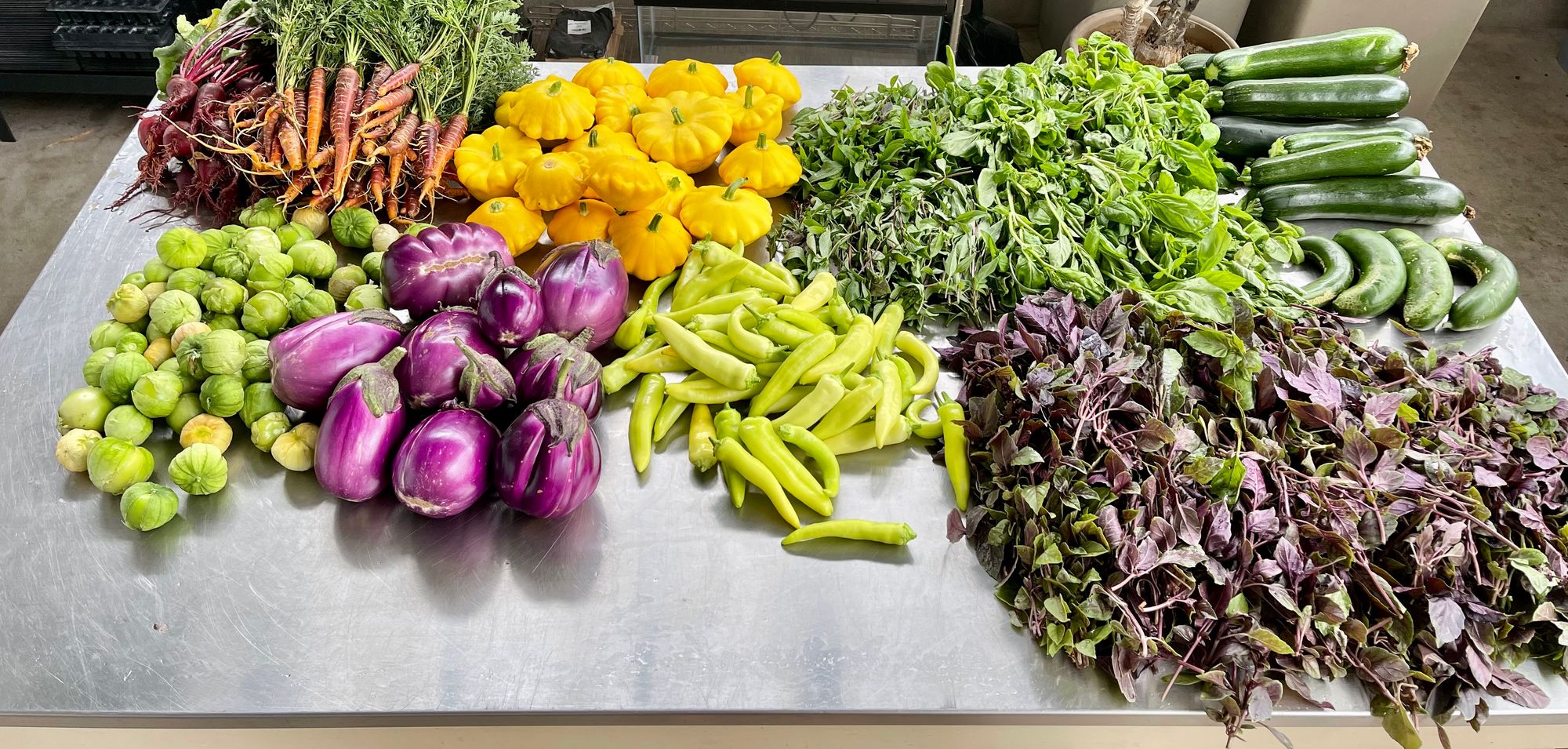
At the garden this week, we have had amazing harvests of tomatillos, tomatoes, squash, peas, and much more. We are still working on the hoop house and keeping the weeds down with the help of our wonderful volunteers. We won't let the heat get us down!
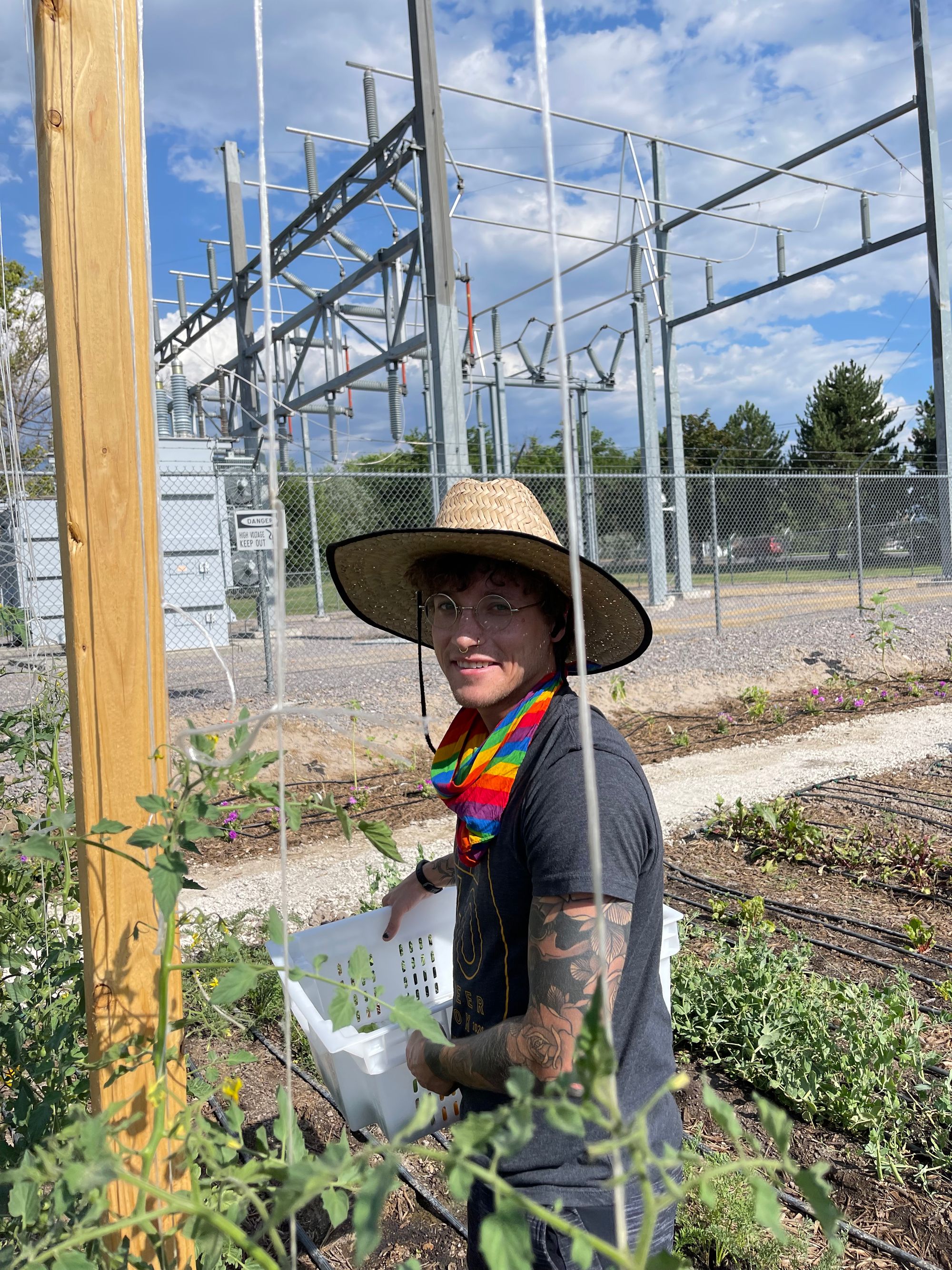
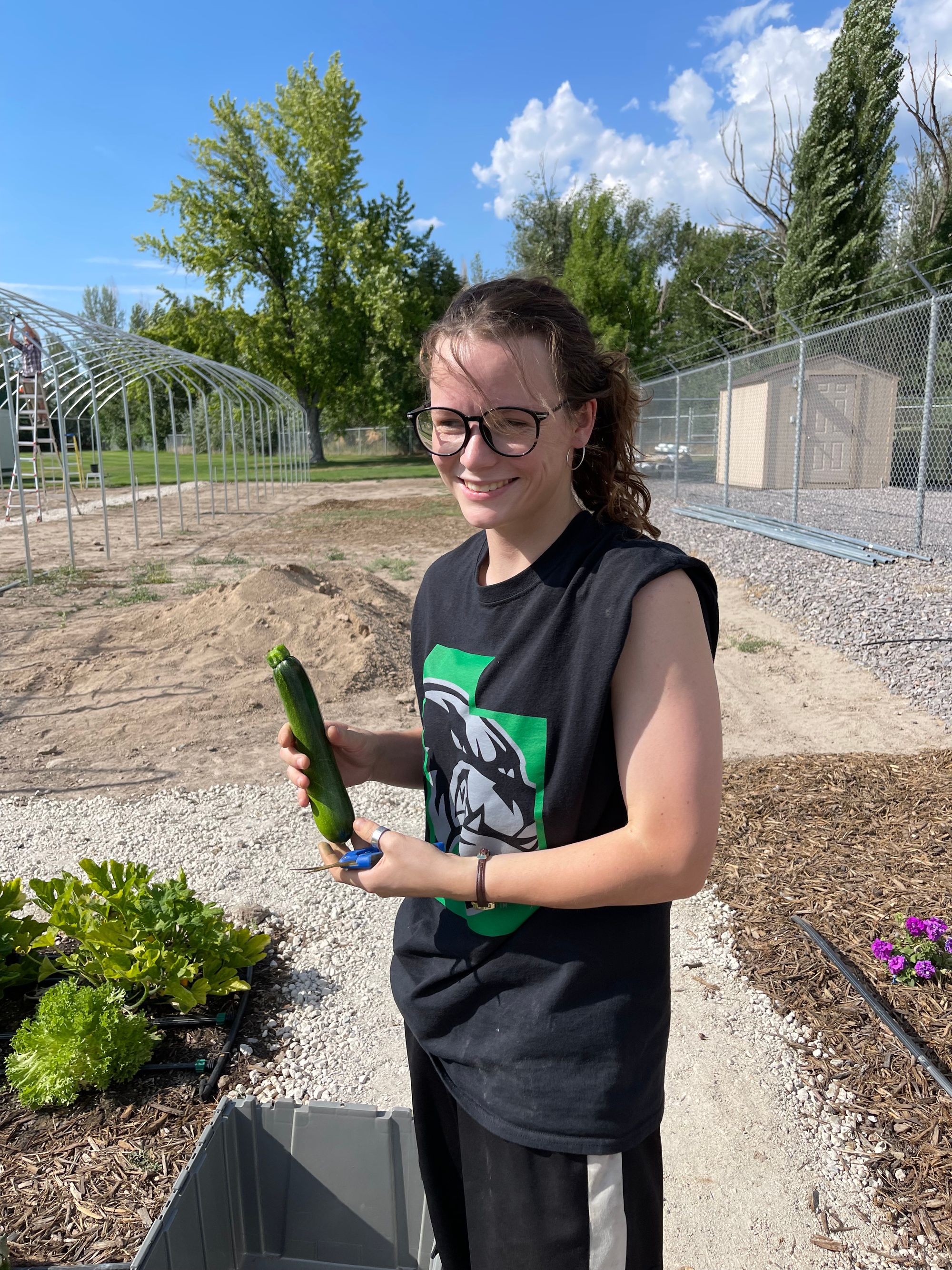
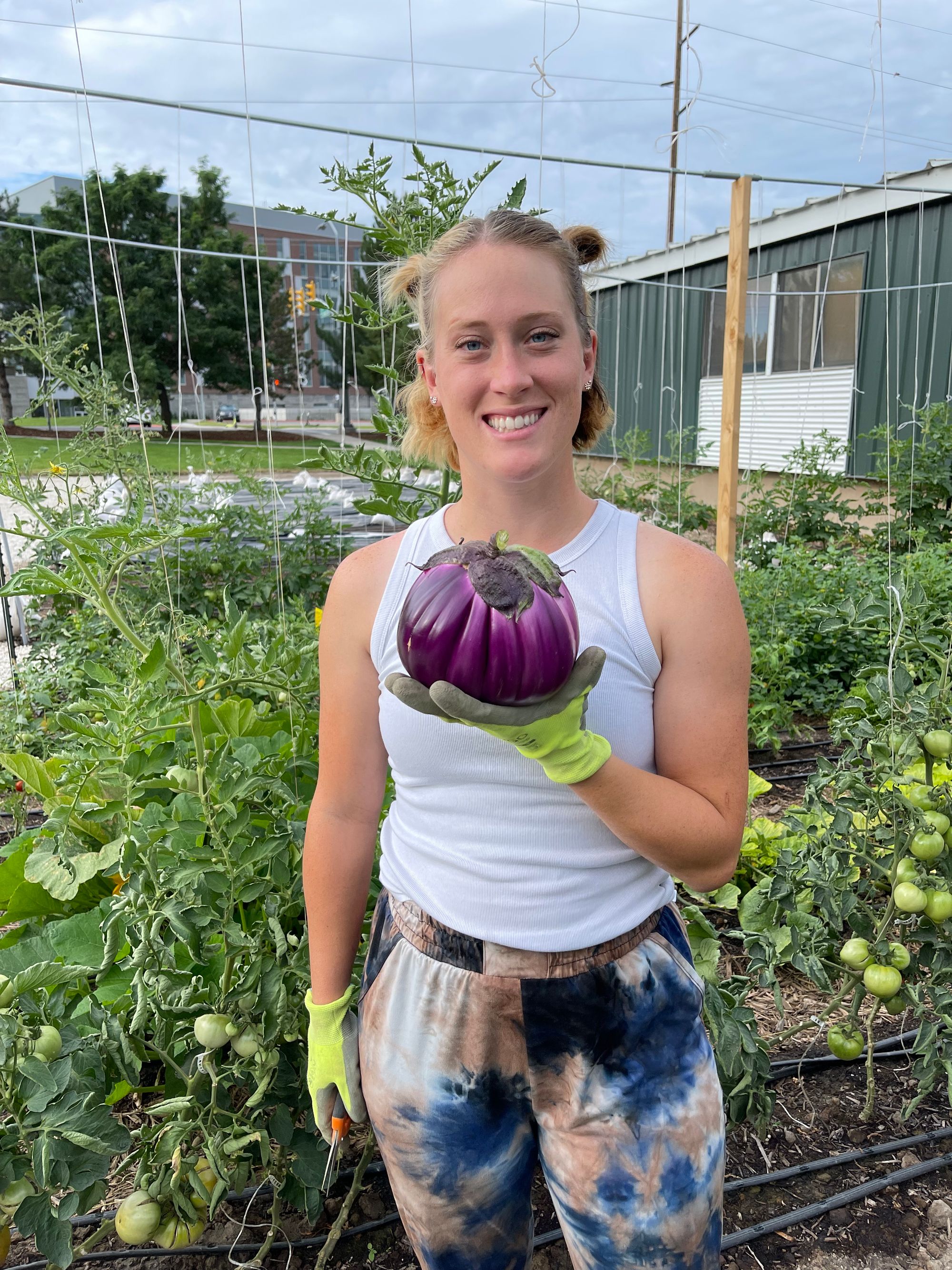
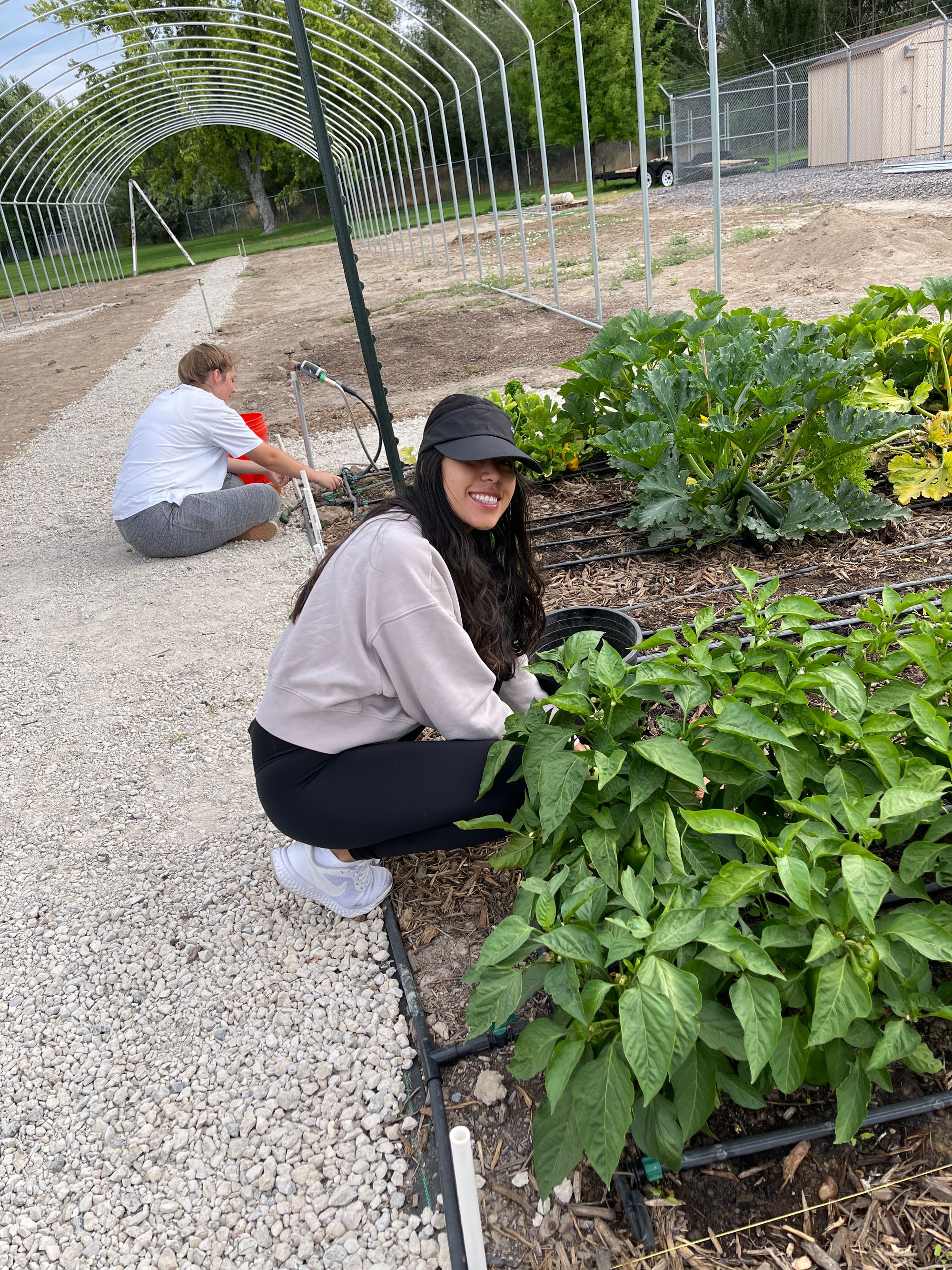
Over the past year, grocery store food prices have increased by 1o.4%. This increase has impacted those who were already struggling financially the most. At the GRIT garden, we help by growing food that is donated to the UVU CARE hub. The CARE hub hosts fresh food Thursdays every other week (the next one is August 4) during the summer and will move to every Friday during the school year. At these events, anyone who needs fresh produce is welcome to take what they want, no questions asked. At the GRIT garden, we want delicious, local food to be available to everyone in our community.

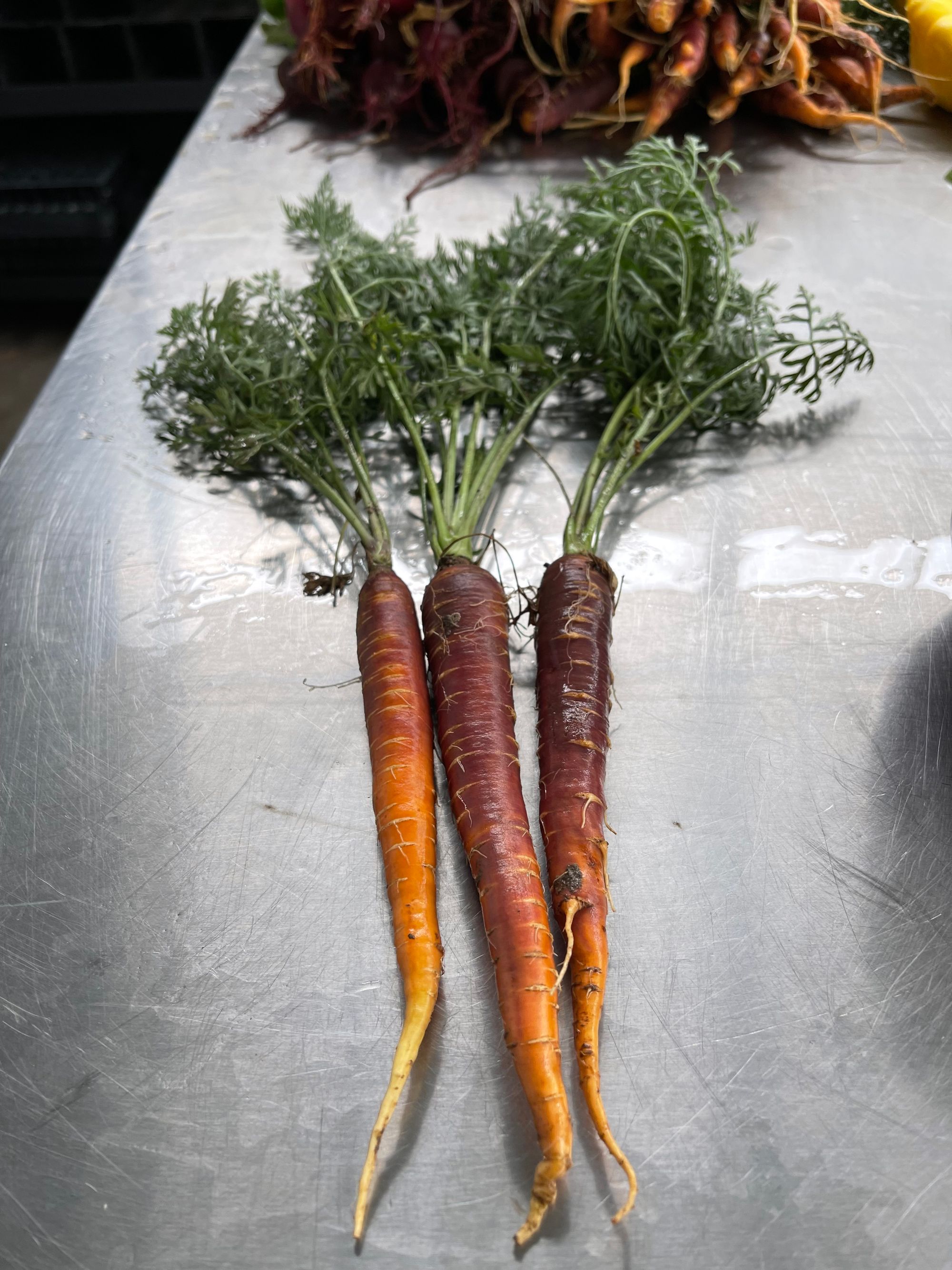
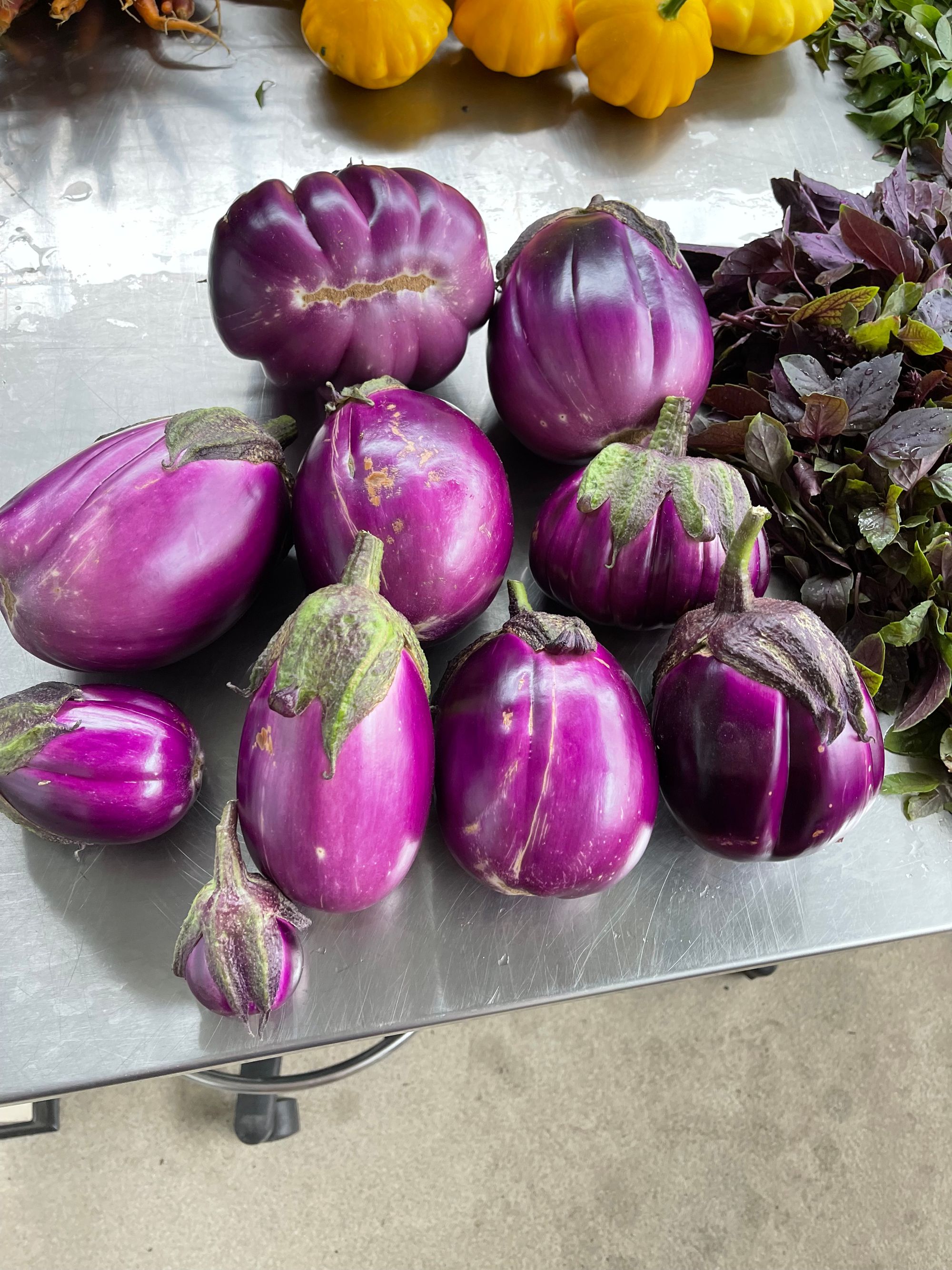
Only 2-3% of produce Utahns eat is local
Most of the fruits and vegetables we eat are grown in a different state or very likely in a different country. The general definition for local produce is food that has traveled less than 400 miles from the product's origin or was grown within the state. With Utah's large population growth, there are fewer and fewer farms and orchards growing local produce. We at the GRIT garden are doing what we can to help our UVU community eat more locally.

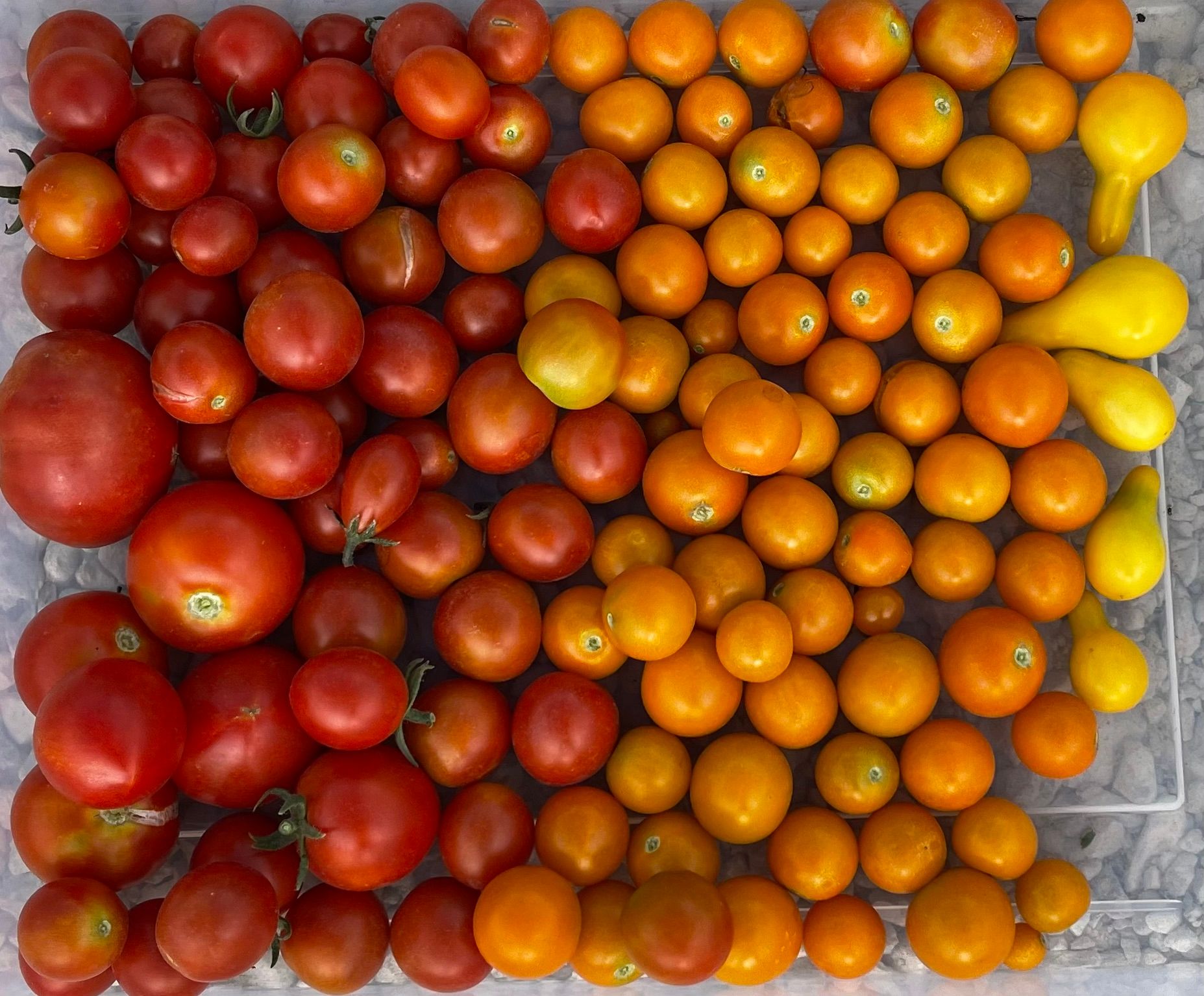
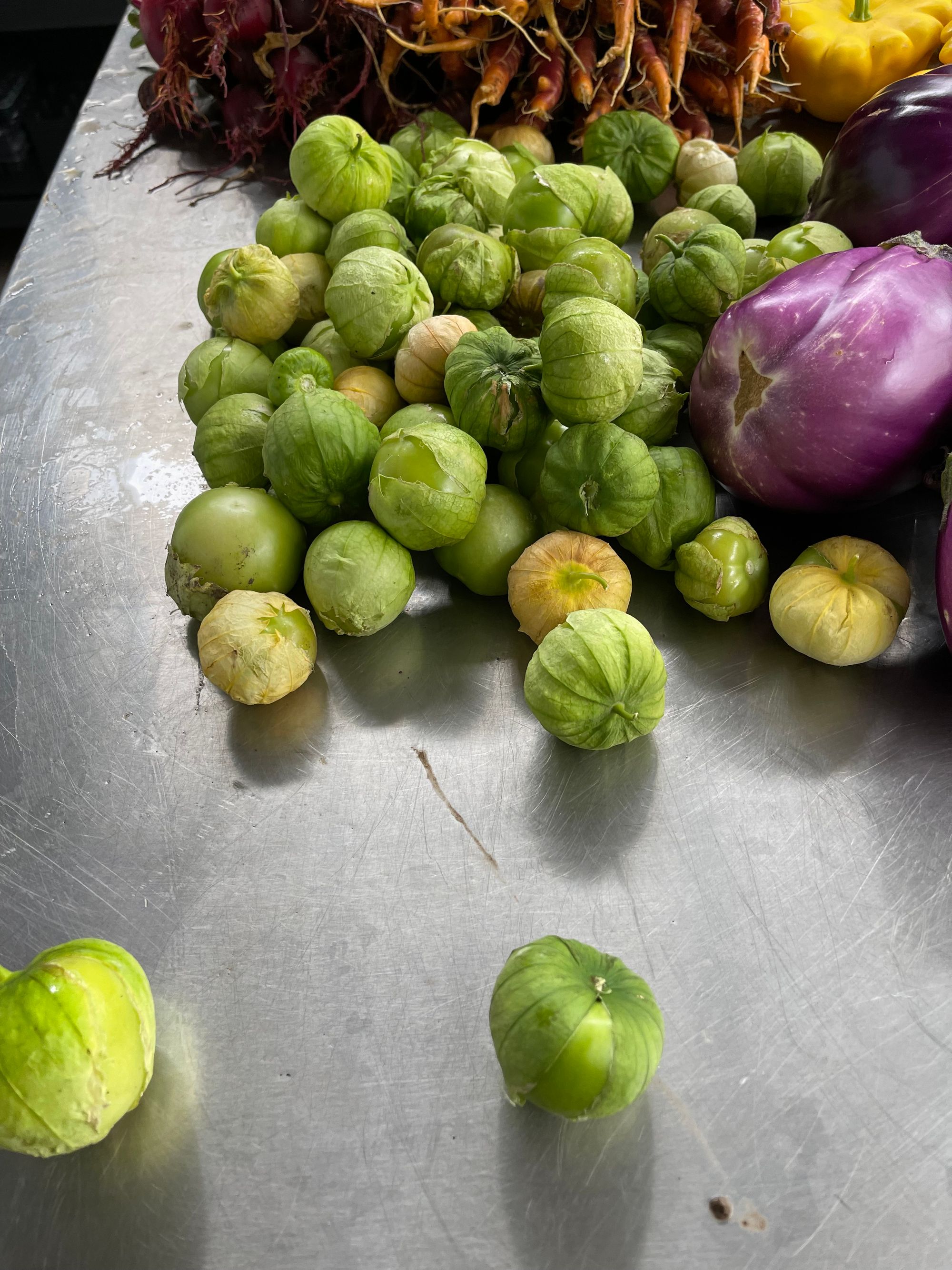
Benefits of locally grown produce
There are many benefits of eating locally grown food. First, because the product does not need to be shipped long distances, it cuts down on fossil fuel use and pollution. During our long winter inversions, less pollution is especially important here in Utah Valley. Second, because local produce doesn't have to be shipped, it is picked at its prime when the flavor is best. Some of you may have tasted the garden produce and already know how good it tastes. From experience, I can say that the beets from the GRIT garden are the best I have ever had. The vitamin content of locally grown produce is higher than other produce. The vitamins have less time to degrade because of the short time between harvest and sale. Most of our produce is harvested at the GRIT garden within hours of the fresh food Thursday events.



